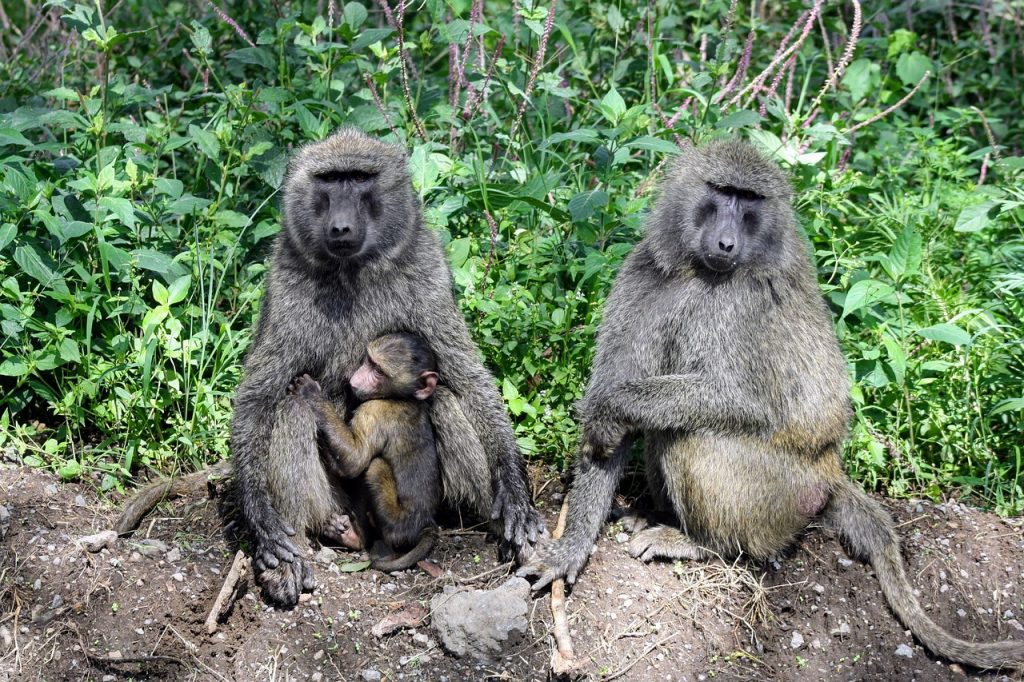
Are you planning a trip to Tanzania? Our comprehensive FAQ page has you covered! Whether you’re preparing for a thrilling safari, a mountain trek, or a relaxing beach escape, this guide provides all the essential information you need.
Learn about visa requirements, health and safety tips, the best time to visit, what to pack, and more. We’ve also included insights into Tanzania’s unique wildlife, culture, and travel logistics to help make your journey seamless and unforgettable.
Still have questions? Contact our team for personalised assistance – we’re here to ensure your Tanzanian adventure is everything you’ve dreamed of and more!
24/7 Support for Your Safari
The best time for a safari is during the dry season, from June to October. This period offers excellent wildlife viewing as animals gather around water sources. The Great Migration is best seen in June and July (river crossings) and late October to November (calving season).
You can book your trip through a trusted operator like Tanzania Glimpse Expeditions. Share your travel preferences, and we’ll help design your itinerary and handle bookings for accommodations, activities, and transportation.
Pack lightweight, neutral-coloured clothing, sturdy walking shoes, a wide-brim hat, sunscreen, insect repellent, and a good camera with binoculars. For trekking, include layers, a rain jacket, and trekking boots.
Yes, Tanzania is generally safe for travellers. However, it’s essential to follow local guidelines, stay in reputable accommodations, and avoid walking alone at night in urban areas.
Yes, travel insurance is essential. It should cover medical emergencies, trip cancellations, and activities like trekking or safaris.
Yes, most travellers need a visa. It can be obtained online (e-visa) or on arrival at the airport.
Yellow fever vaccination may be required if travelling from a yellow-fever-endemic country. Other recommended vaccines include hepatitis A and typhoid. Consult your doctor for advice.
The Tanzanian Shilling is the local currency. Credit cards are accepted in major cities and lodges, but carrying cash for rural areas is advisable.
Swahili is the official language, but English is widely spoken in tourist areas, so communication is easy.
Tipping is customary. For safari guides, $10–$20 per day is common. Porters on treks typically receive $5–$10 per day
Top destinations include Serengeti National Park, Ngorongoro Crater, Tarangire National Park, and Lake Manyara National Park. Each offers unique wildlife and landscapes.
A safari can range from 3 to 10 days, depending on your interests. Shorter safaris are great for focused experiences, while longer ones allow you to explore multiple parks.
Expect to see the "Big Five" (lion, leopard, elephant, buffalo, and rhino), along with giraffes, zebras, cheetahs, wildebeests, and various bird species.
Yes, with Tanzania Glimpse Expeditions, you can tailor your safari to include specific parks, activities, and accommodations that match your preferences.
Private safaris offer personalized experiences and flexibility, while group safaris are more affordable and involve sharing the adventure with other travellers.
Yes, many safaris cater to families. Some lodges offer child-friendly activities and shorter game drives to keep kids engaged.
Yes, most lodges can accommodate dietary needs such as vegetarian, vegan, gluten-free, or halal meals. Notify your operator in advance.
The Great Migration is the annual movement of millions of wildebeest, zebras, and gazelles across the Serengeti and Masai Mara. You can witness river crossings in the Serengeti between June and August.
The most popular mountains are Mount Kilimanjaro (Africa’s highest peak), Mount Meru (a scenic trek), and the Usambara Mountains (ideal for nature lovers).
While Kilimanjaro does not require technical climbing skills, it is a challenging trek due to altitude. Proper preparation and acclimatization are essential.
Prior experience is helpful but not required. Moderate fitness levels, determination, and proper gear are key.
Essential gear includes a quality sleeping bag, trekking boots, warm clothing, a waterproof jacket, a backpack, and trekking poles.
Kilimanjaro treks range from 5 to 9 days, depending on the route. Mount Meru typically takes 3 to 4 days.
Yes, all treks include professional guides and porters to assist with navigation, gear, and support.
Altitude sickness is a risk to Kilimanjaro. To minimise it, ascend slowly, stay hydrated, and choose longer routes for better acclimatisation.
Absolutely! Many travellers combine Kilimanjaro or Meru treks with a wildlife safari for a complete Tanzanian adventure.
Join us in discovering Tanzania’s hidden treasures and making memories that will last a lifetime. With Tanzania Glimpse Expeditions,
your safari is more than a trip – it’s a journey of connection, wonder, and adventure.
© 2025 Tanzania Glimpse Expeditions